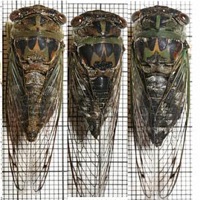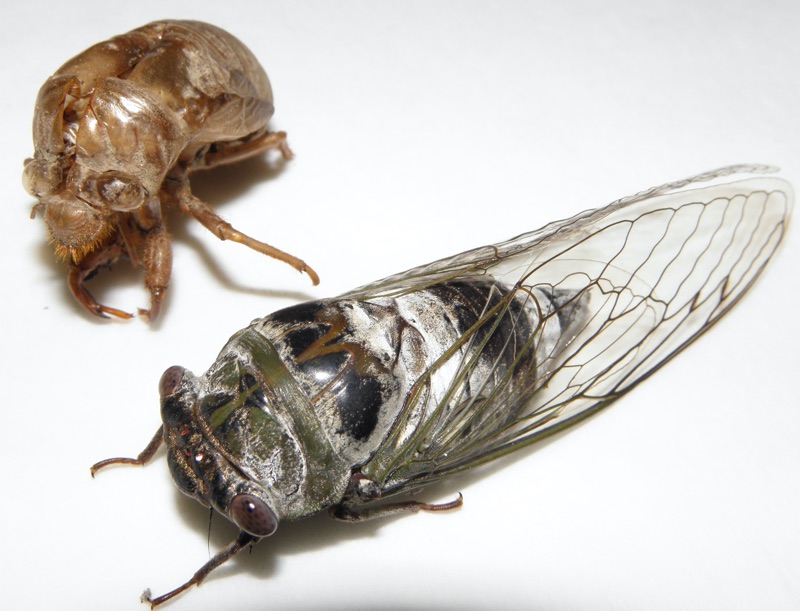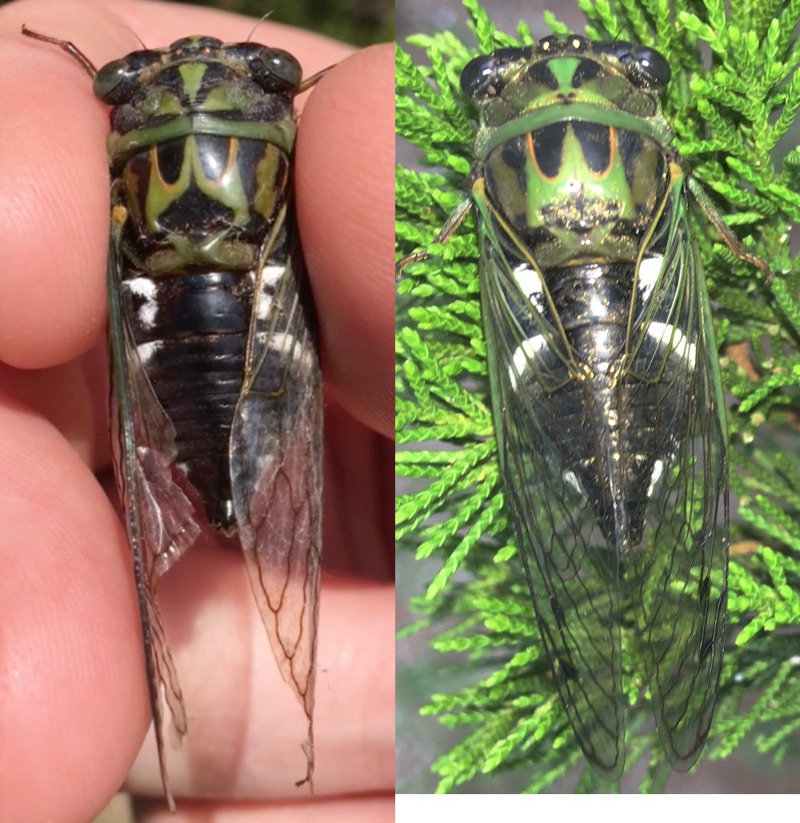The New Jersey Pine Barrens aka Pinelands or simply “Pines” is a large forested area of southern New Jersey known for its pine trees, sandy soils, culture, and history. It is called the Pine Barrens because the soil is not suitable for livestock or farming, except for acid-loving native plants like blueberries and cranberries. It is also home to a variety of carnivorous plants and orchids, rarely found elsewhere in the state. Culturally, it is known for myths like the Jersey Devil, real legends like Dr. James Still and blueberry cultivator Elizabeth Coleman White, residents known as “Pineys”, John McPhee’s book The Pine Barrens, folk music, and some of the best ice cream in New Jersey (White Dotte Dairy Bar, Evergreen Dairy Bar). The Pinelands have been the host of many industries including iron (from bog iron), charcoal, glass, timber, decorative flowers, cranberry and blueberry farming. Ecologically, the Pinelands are an oasis in a state otherwise known for sprawling condominiums, massive warehouses and industrial wastelands. Hopefully the Pinelands remains ecologically pure in the future, as it does today.
Amongst the pine trees and oaks that dominate the area, there are cicadas to match them. The heart of the Pinelands are dominated by — as you might guess — by Pitch Pine trees (Pinus rigida). White Oaks (Quercus alba) are found throughout the region, and notably around its perimeter. You’ll also find juniper trees here and there, especially in Cape May county, and deciduous trees like Maples where people settled the land and on the very edges of the region. I wonder if the screams of cicadas are mistaken for the screams of the Jersey Devil!
Caution: most of the Pinelands is protected. Do not take specimens home. Take photos and videos, but leave the cicadas in the Pinelands.
Stay alert: there are bears, rattlesnakes, deer ticks, mosquitoes and biting flies in the Pine Barrens. The area is also prone to fire, partly because of the sappy pine trees, which rely on the heat of a fire to open their cones.
Annual species:
Neocicada hieroglyphica aka the Hieroglyphic Cicada
Where: everywhere there are pine trees, but Brendan T. Byrne, Bass River, Batsto Village, and Wharton State Park for certain. This species of cicadas loves pines.
When: June and July.
What they sound like:
©Insect Singers.
What they look like:

Neotibicen davisi davisi:
Where: everywhere there are pines. They’re documented in Cape May county, and I’ve personally heard them in Burlington County in the Franklin Parker preserve.
When: July-September.
They sound like a power tool grinding metal:
©Insect Singers.

© Paul Krombholz
Neotibicen canicularis aka Dog-Day Cicada, dark morph/form:
Where: everywhere there are pines.
When: July-September.
They also sound like a power tool grinding metal:
©Insect Singers.
N. canicularis varies a lot in terms of appearance, from green, brown & black camouflage patterns, to a mostly-black appearance in the Pines.

Megatibicen grossus/auletes aka the Northern Dusk-Singing Cicada
Where: everywhere you’ll find tall White Oaks.
When: July-September.
This is the largest cicada in North America. It calls after sunset. It sounds like the Jersey Devil. Exactly.
©Insect Singers.
What they look like:

Neotibicen latifasciatus aka the Cape May Crier or Coastal Scissor Grinder
Where: where you find juniper aka “Cedar” trees. Found along the Jersey Shore around Sea Isle and Cape May peninsula, and also inland in Cape May County in Pineland areas like Belleplain State Forest.
When: August-September.
What they sound like:
©Insect Singers.
What they look like:

These three species are found on the outskirts of pine areas and where people introduced deciduous trees or evergreens like spruces:
Neotibicen tibicen tibicen aka Morning or Swamp cicada
Where: this species is very flexible in terms of host trees.
When: July-August.
What they sound like:
What they look like:

Neotibicen linnei aka Linne’s Cicada
Where: On the borders of the Pinelands where you find deciduous trees.
When: July-September.
What they sound like:
©Insect Singers.
What they look like:

© Tom Lehmkuhl
Notes: They’re visually similar to Neotibicen canicularis, but they have a prominent bend in the wing, and they do not have a dark form.
Neotibicen lyricen lyricen aka the Lyric Cicada
Where: On the borders of the Pinelands where you find deciduous trees.
When: July.
What they sound like:
©Insect Singers.
What they look like:

Notes: The Neotibicen lyricen engelhardti (Davis, 1910) aka Dark Lyric Cicada variety might also be present.
Periodical species
Magicicada broods II,X,XIV are found in the Pines in small numbers. I am uncertain which species, but Magicicada cassini (Fisher, 1852) aka Cassini 17-Year Cicada and Magicicada septendecula Alexander and Moore, 1962 are likely.
Brood II (back in 2030): is found in Belleplain State Forest; in the area north of rt. 40 & east of rt. 54; and in Atlantic County in the Egg Harbor City area. In 1998 they were found in Stafford Forge State Conservation Area, and along rt. 70 near Leisure Village.
Brood X (back in 2038): is found east of rt. 206 south of Chatsworth Road, and Vineland.
Brood XIV (back in 2024): was found in 1988 north of rt. 70 in Manchester, and in Linwood (just outside the Pines).
A map of the Pinelands:

Map is from Wikimedia Commons.
Links:
- The New Jersey Pinelands Alliance
- Belleplain State Forest
- Brendan T. Byrne State Forest
- Wharton State Forest
- New Jersey Conservation Alliance
- Whitesbog Village
- Batsto Village
- NJ Pinelands Commission
- Weird NJ for information about the Jersey Devil
Books about the Pinelands from my personal collection:
- Batsto Village, Jewel of the Pines by Barbara Solem
- Blackbeard the Pirate and Other Stories of the Pine Barrens by Larona Homer
- Pine Barrens Legends & Lore by William McMahon
- The Pine Barrens by John McPhee
- A Pine Barrens Odyssey by Howard P. Boyd
- Iron in the Pines by Arthur D. Pierce
- The Ecological Pine Barrens of New Jersey by Howard P. Boyd
- Wildflowers of the Pine Barrens of New Jersey by Howard P. Boyd
- The Vegetation of the New Jersey Pine-Barrens by John W. Harshberger
- Protecting the New Jersey Pinelands by Beryl R. Collins and Emily W.B. Russell, editors.